
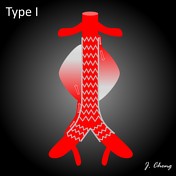
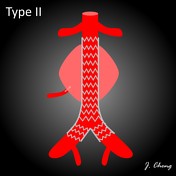
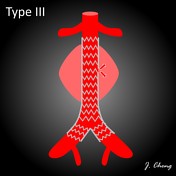
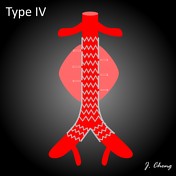
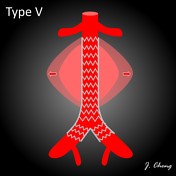
Download
Info
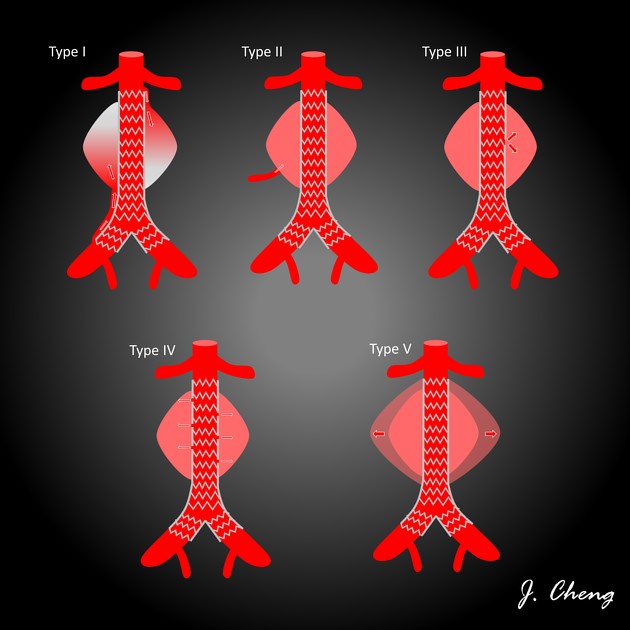
The classification of endoleak:
- type I: leak at graft ends often due to inadequate seal
- type II: sac filling via branch vessel (e.g. lumbar or inferior mesenteric artery)
- type III: leak through a defect in graft fabric (mechanical failure of graft)
- type IV: a porous graft (intentional design of graft)
- type V: endotension




 Unable to process the form. Check for errors and try again.
Unable to process the form. Check for errors and try again.